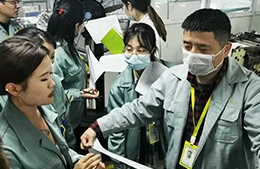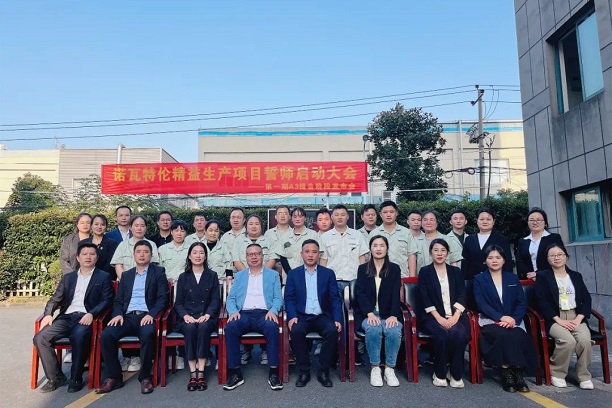Tunneling effect is the formation of hollow convex wrinkles by one layer of the substrate being smooth and the other layer being raised. It is generally in the horizontal direction and is mostly seen at the two ends of the roll. There are many factors that cause tunneling effect, and we will provide a detailed introduction below.
Seven major causes of tunneling reaction in composite films
Tension mismatch during lamination:
After lamination, the originally tensioned film needs to shrink, while the film with lower tension shrinks less or does not shrink, causing relative displacement and the formation of raised wrinkles. When a stretchable film is coated with adhesive and then laminated with a non-stretchable film, the tunneling effect is particularly likely to occur. For example, there is a composite film that consists of BOPP/AI/PE three-layer structure. When the first layer of BOPP is laminated with AI, if the unwinding tension is too high and the heating in the drying oven causes BOPP to elongate, while the elongation of AI layer is very small. After laminating and cooling, the shrinkage of BOPP causes the protrusion of AI layer, resulting in horizontal tunneling. In the second lamination (BOPP/AI), AI layer has a very small elongation as the coating substrate. If the tension of the second unwinding PE film is too high, the PE film is highly susceptible to elongation and deformation. After lamination, the shrinkage of PE film causes the formation of a tunnel in the (BOPP/AI) layer. Therefore, tension matching should be done according to different equipment characteristics.
Film wrinkling and uneven thickness, with loose edges:
When laminating such a film, the lamination speed must be slowed down and the unwinding tension should be increased. However, tunneling phenomenon will occur after a period of time, so the flatness of the film substrate is very important.
Improper winding, adjusting the curling pressure according to the structure of the composite film:
For thick and rigid films, the winding cone should be enlarged so as not to produce internal looseness and external tightness, causing tunneling at the wrinkles. The film should be fully cooled before winding. If the winding is too loose and there is relaxation phenomenon, there will be too much air between the layers of the film, resulting in insufficient adhesion and tunneling.
Adhesive with low molecular weight and weak cohesive force, resulting in low initial adhesion:
It cannot prevent the sliding of the film, causing tunneling. Suitable adhesive should be selected.
Improper adhesive coating amount:
Insufficient or uneven adhesive coating can cause insufficient and uneven bonding, resulting in tunneling in certain areas. If the adhesive coating amount is excessive, slow solidification may cause sliding in the adhesive layer, also leading to tunneling.
Improper adhesive ratio or poor solvent quality, high water or alcohol content, resulting in slow solidification and film sliding. Solvent should be regularly tested and the composite film should be fully matured.
Excessive residual solvent in the composite film, insufficient adhesive drying, and too weak adhesion. If tension matching is not done properly, film sliding can easily occur.

+86-(0)571-88634319
+86-(0)571-88620157
 English
English 中文
中文 日本語
日本語 한국어
한국어 français
français Español
Español italiano
italiano русский
русский português
português العربية
العربية ไทย
ไทย

